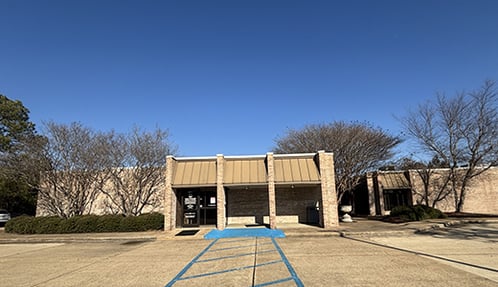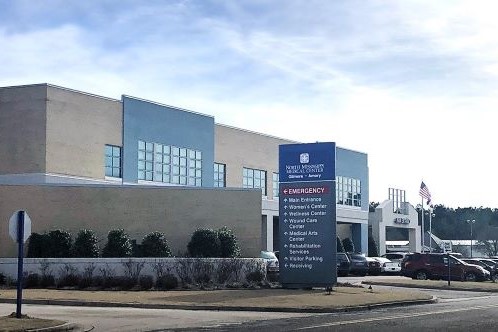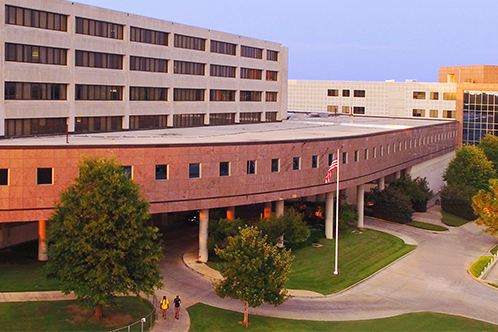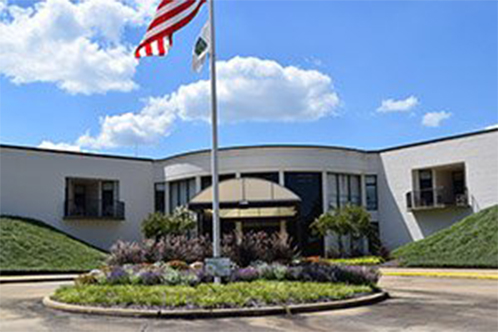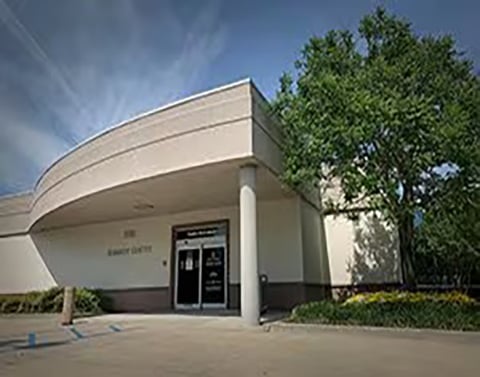- Medical Services
- Orthopedics & Sports Medicine
- Specialties & Services
- Orthopedic Trauma
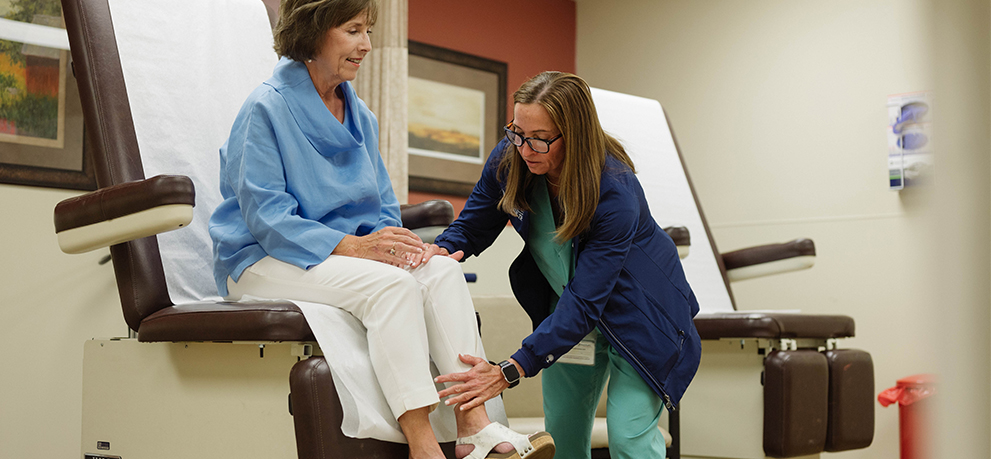
Orthopedic Trauma
Regardless of how your injury happens or what you break, our orthopedic trauma specialists have the training, expertise and experience you need.
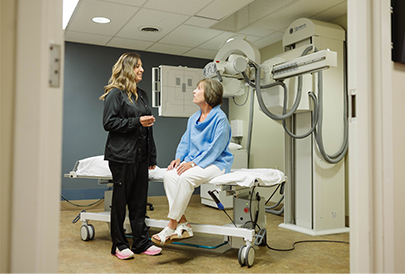
Broken Bone Specialists
Our orthopedic trauma surgeons have extensive training and experience in muscle and bone injuries that result from trauma, including all types of fractures.
Always On Call
The hospital is likely your first stop if you have a fracture or serious soft tissue injury. NMMC’s orthopedic trauma surgeons see patients several ways:
- Through the NMMC-Tupelo Emergency Department
- By transfer from another hospital. Once you have been accepted by our hospital for special surgery, a nurse coordinator will handle the transfer and all logistical issues.
- By referral from another physician
Symptoms of trauma or a fracture in the upper extremities (hand, wrist, forearm, elbow, upper arm and shoulder) or lower extremities (hip, thigh, knee, lower leg, ankle and foot) can include:
- A clearly misshapen limb or joint, sometimes with broken skin or visible bone (an open or compound fracture)
- Pain, ranging from mild to severe
- Swelling, bruising, tenderness or numbness near the fracture
- Restricted movement
Nonsurgical Treatment
In many cases, we can successfully treat fractures without surgery. Nonsurgical treatments include casts, splints, braces and traction, as well as physical medicine and rehabilitation.
Surgery
Surgery is sometimes necessary to properly treat breaks that are complicated, severe or resistant to healing. You may also require plates, screws or rods to keep the bones stable as they heal. Depending on the severity of your injury, corrective hardware may need to remain in place permanently. You may receive a cast, sling or splint to protect the injured area after treatment.
Patient Information Form
Related Locations
Related Resources
View AllAccidents happen, and often broken bones result. Whether your bone injury is simple or life-altering, our orthopedic trauma surgeons can help.
